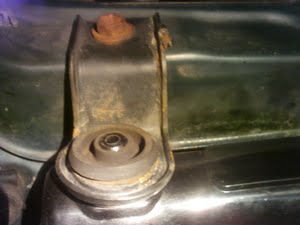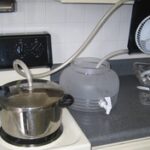A malfunctioning car radiator will grind your vehicle to a halt. The radiator should therefore be in top working condition for you to get good performance. Be aware of the common factors that lead to car radiator problems so that you can prevent them as much as you can.
Overheating
When the car radiator overheats for a long time, it can become damaged seriously. Overheating usually results when the car is driven for long distances without sufficient coolant, which may be as a result of leakage.
Fortunately, the radiator is designed to withstand a lot of heat and it will only be damaged in extreme cases. If the radiator becomes too hot, let it cool before adding water into it and opening the spigot at its lower side. Check for any holes.
Defective Pressure Cap
The pressure cap should blow when there is excessive pressure in the radiator. If the cap is defective, it will not blow up and you may only notice that the car has become unusually hot. The whole radiator may become damaged.
Rust
Apart from clogging the radiator, rust can erode the car radiator. Flush the radiator regularly to avoid the accumulation of rust. If you notice that the coolant is getting brown, then you need to flush the radiator. Ensure that you check the coolant regularly.
Solder
When the solder used in the radiator joints break down, it will not only cause leakage but also complete radiator failure.
Accident
A head-on collision is very likely to damage the car radiator. In such a case, it is better to replace the whole radiator.
Radiator Sealant Problems
When the sealant refuses to hold
While the radiator sealant tends to hold indefinitely, this is not always the case. When this happens, you will have serious leakage problems.
You may find that you end up spending more money than you would have used had you initially used a different method in the first place. Depending on the extent of the problem, you may even need to replace the radiator.
Use a radiator sealant only when the hole is very small.
Part deterioration
You will experience odd performance in case the radiator sealant coats the thermostat coil, which is responsible for sensing coolant temperature. You may have no alternative but to install a new thermostat to restore normal function.
Clogging of the lower parts of the radiator may also result from using radiator sealant, which can cause serious problems later on.
Using radiator sealant may as well result in clogging of the heater core, which will interfere with the proper functioning of the heater.
You can greatly appreciate the help of radiator sealant when your car’s radiator develops some problems along the road. However, there are some frequent problems associated with the use of the radiator sealants. Therefore, you should be aware of these common problems so that you do not end up being frustrated.
Reference:
- More Info at wrenchwise.com/




